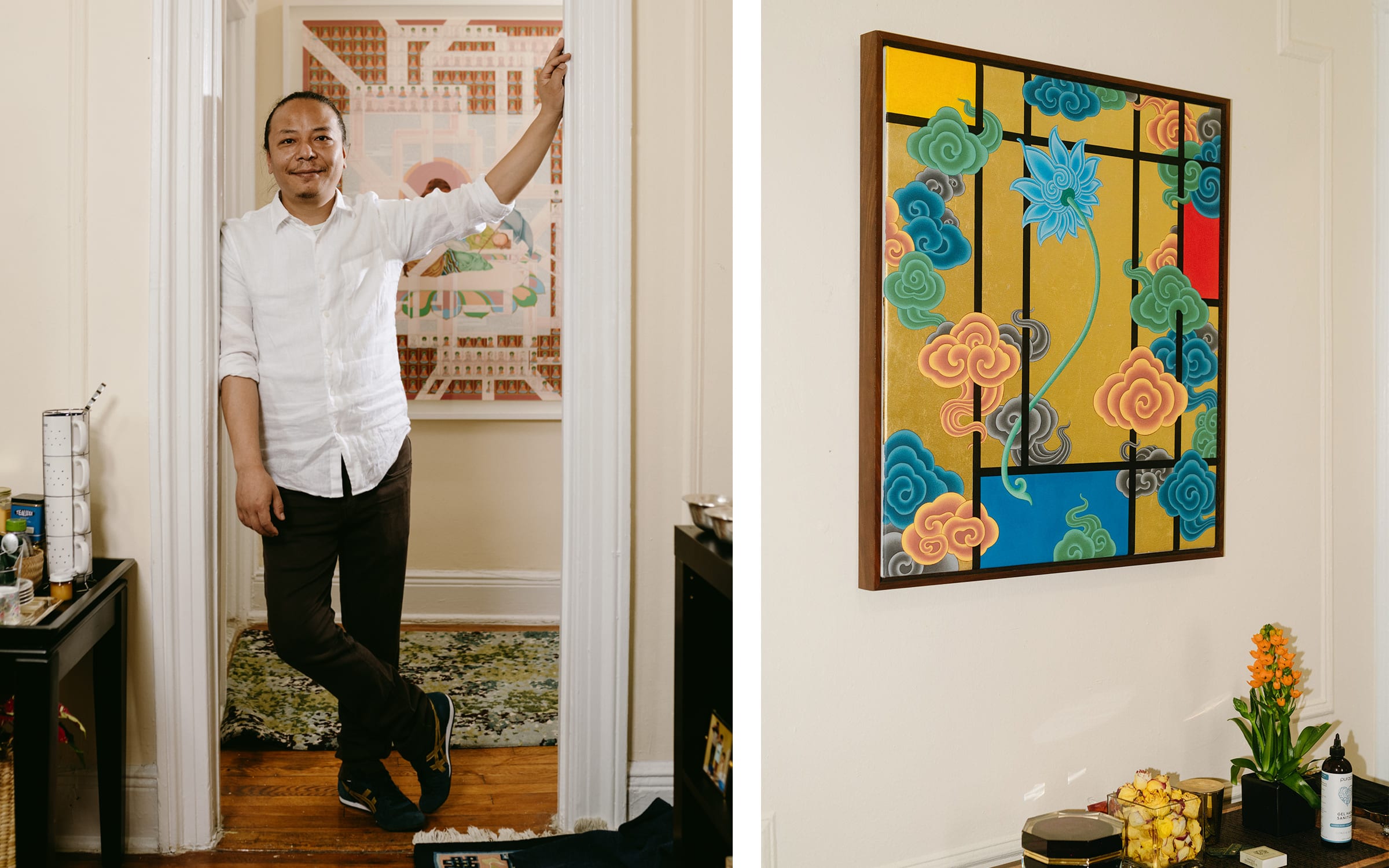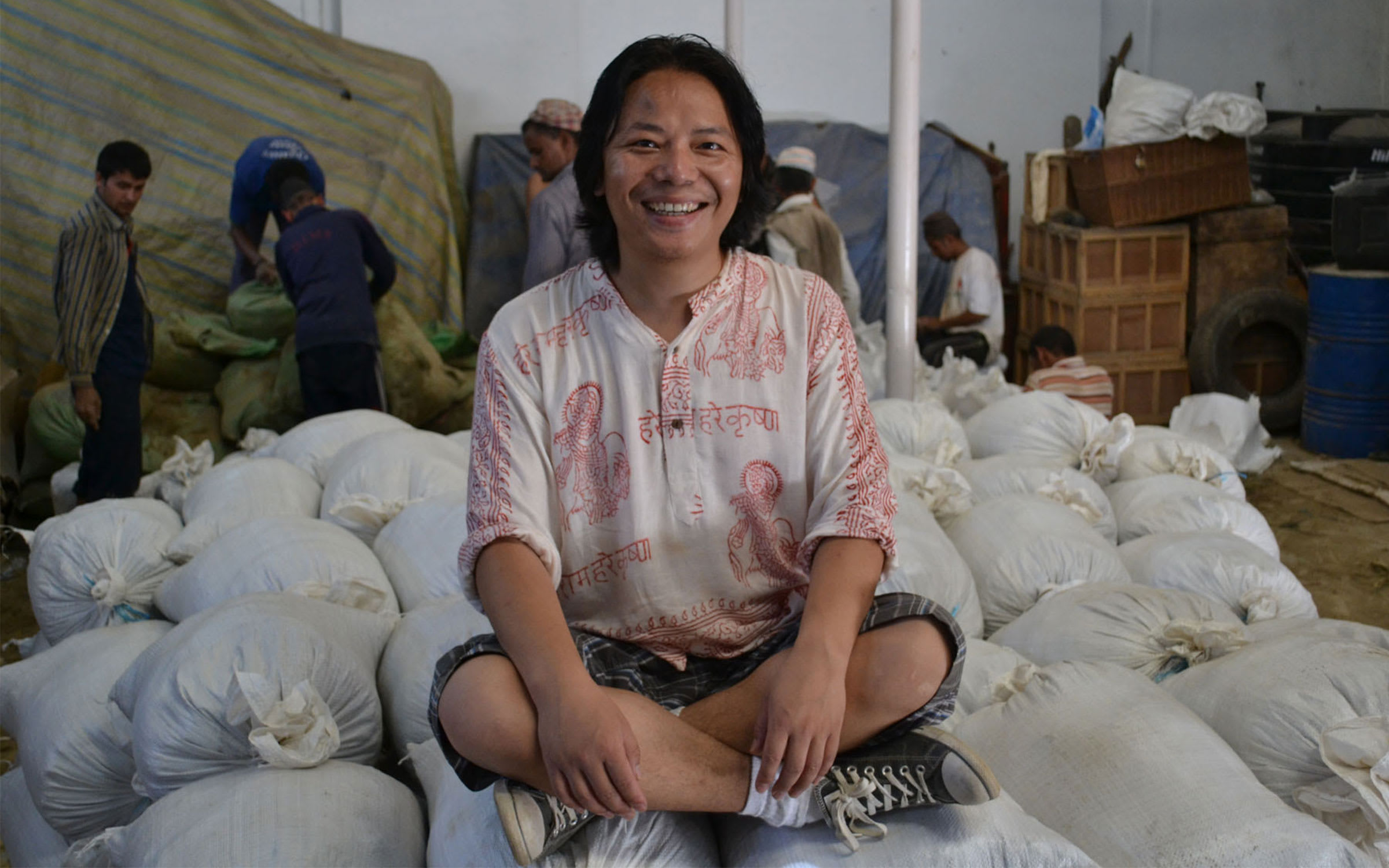‘Painting is the closest thing to freedom,’ says Tenzing Rigdol
Ahead of his presentation at Art Basel Hong Kong, the artist sat down with Vivian Chui in his New York City studio
Log in and subscribe to receive Art Basel Stories directly in your inbox.

